A Boston University graduate student stood up at the back of Morse Auditorium Monday, confronting British artist Jenny Saville during a question-and-answer session on an exhibit that included images of bodies burnt or mutilated after catastrophe.
The student spoke of how she had suffered emotional abuse in the past, but that the slideshow of Saville’s art actually did more damage to her than her experiences.
‘I’m more traumatized now,’ she said, before leaving. ‘What’s your ethical responsibility as a human being?’
More than 600 students gathered to hear Saville speak about the inspiration behind her work as part of the annual Tim Hamill Visiting Artist Lecture series.
Saville said she wanted to give students something more than they would get at a typical art exhibition, by displaying images that inspired her artwork alongside the original slides. From plastic surgeons’ photographs of their patients after operation to Picasso paintings, Saville said she focused on ‘bodies outside of the boundary that we see as acceptable.’
‘I want to face the reality of life in those images,’ she said. ‘All you do is change the context . . . of something. It changes the meaning.’
Attendees said their reactions to the images varied between shock and awe. Saville acknowledged the raw quality of her paintings, but said the subject matter needs to be communicated, just as society needs to see images of 9/11 and Abu Ghraib in the media because they provide ‘ways of policing our boundaries.’
A ‘sense of in between-ness,’ or ‘space that’s not one or the other,’ is the underlying theme in most of her work, Saville said. This can be the border between life and death or the two genders, for example.
‘I want a realism without losing the realism of paint,’ Saville said.
CFA External Relations Executive Director Ellen Carr said Saville was included in the lecture series to teach students something new and unique.
‘She is an artist of great renown and reputation, and we think she has something to say to our students,’ Carr said.’
Rather than expressing concern about the appropriateness of the event, Carr said students should be ‘exposed to a variety of images.’
‘That’s what enables them to find their own artistic voices,’ she said.
Some students said they appreciated Saville’s presentation of the graphic images that had inspired her, while others found them unnecessary.
CFA senior Roland Miller said before the event that he expected the subject matter to be ‘shocking.”
‘She’s going to talk about subject matter you wouldn’t expect, and she’s going to be very blunt about it,’ he said.
Afterward, however, Miller said he questioned her attitude about the disturbing images.’
‘She completely desensitized her subject matter,’ he said.
CFA senior Abigail Neuhoff said she disagreed, calling Saville ‘a modern patriarch who is loyal to oil painting.” ‘ ‘
Massachusetts College of Art and Design sophomore Joseph Geary said Saville’s book was one of the first art books he ever purchased, and that Saville was the ‘fuel’ that started his painting career.
‘I can see why people would find it offensive . . . but I think it’s good in a way,’ he said.’ ‘Art that’s controversial is pushing boundaries that should be pushed.’
Exhibit stirs up controversy
By Daily Free Press Admin
•
October 28, 2008
2
0
More to Discover


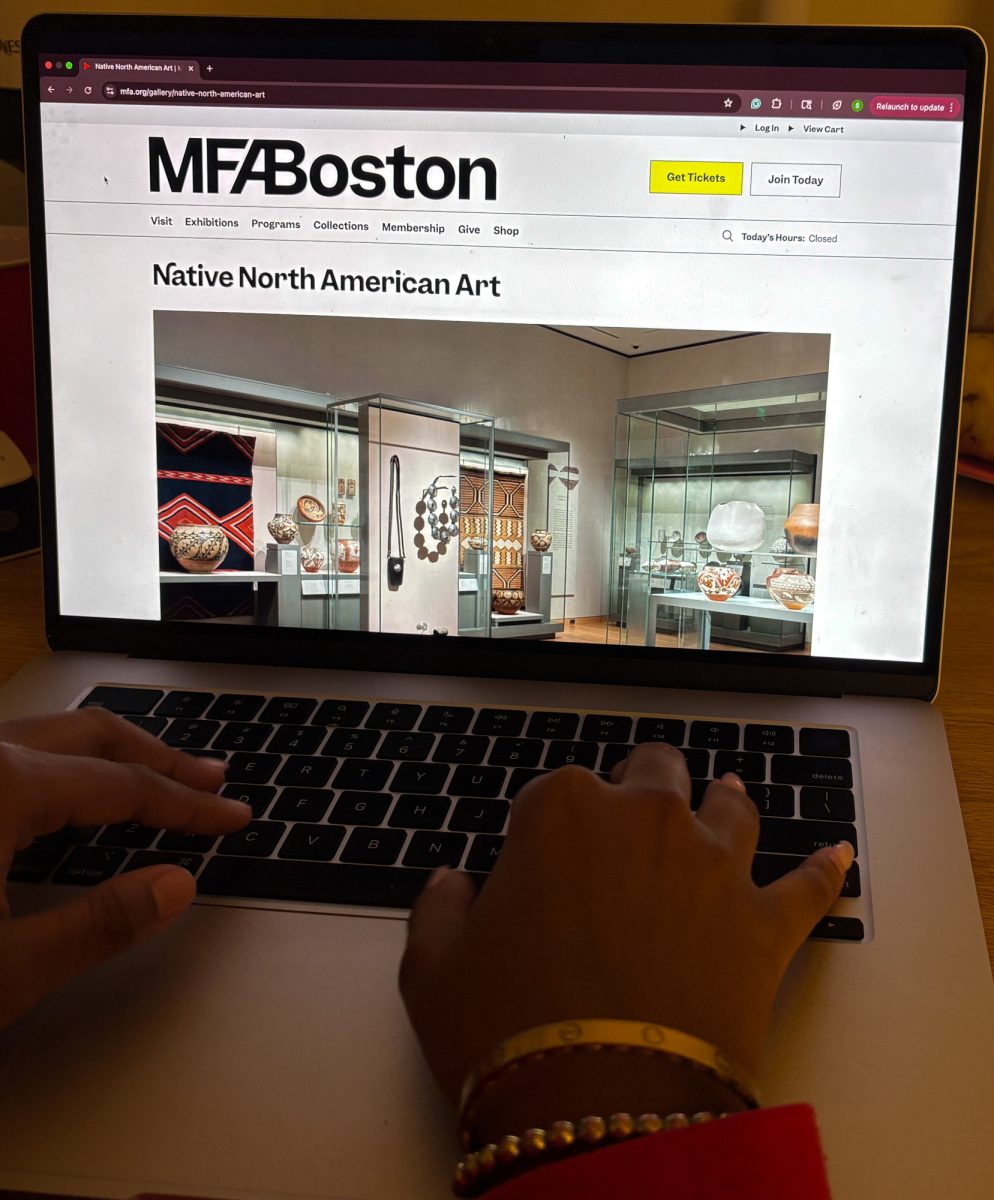

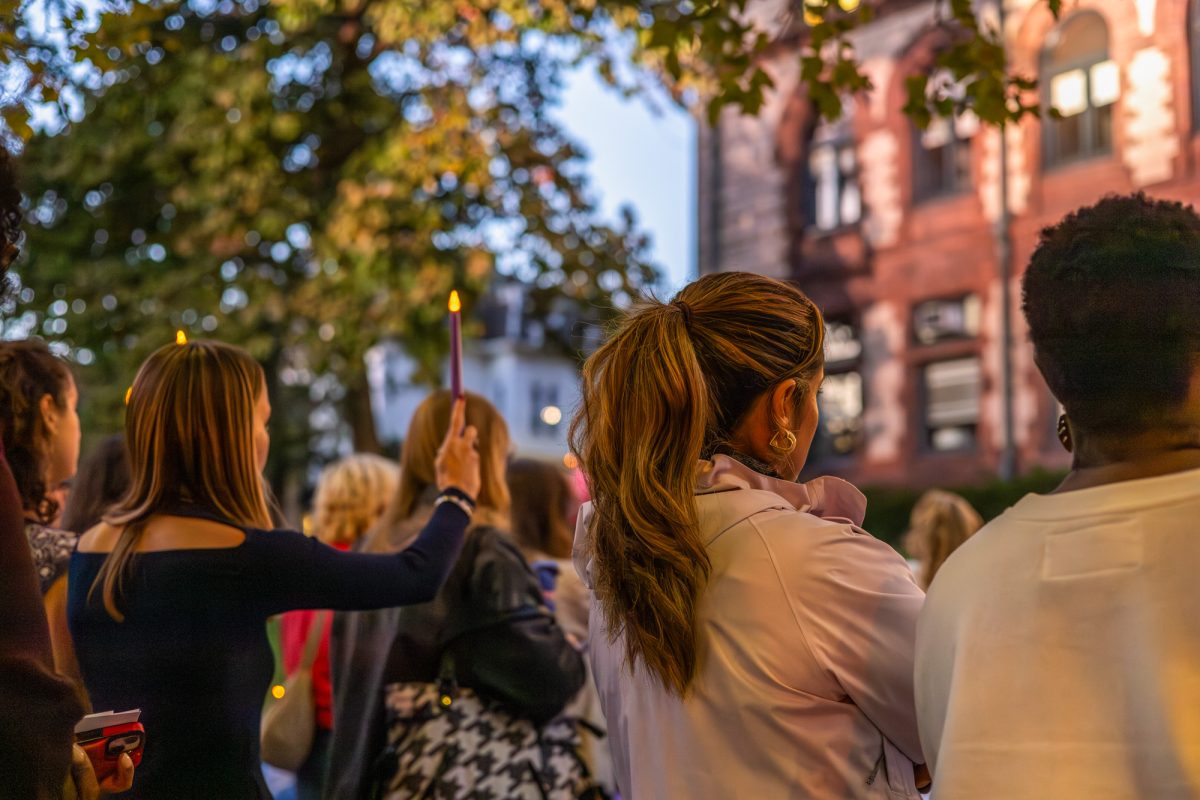

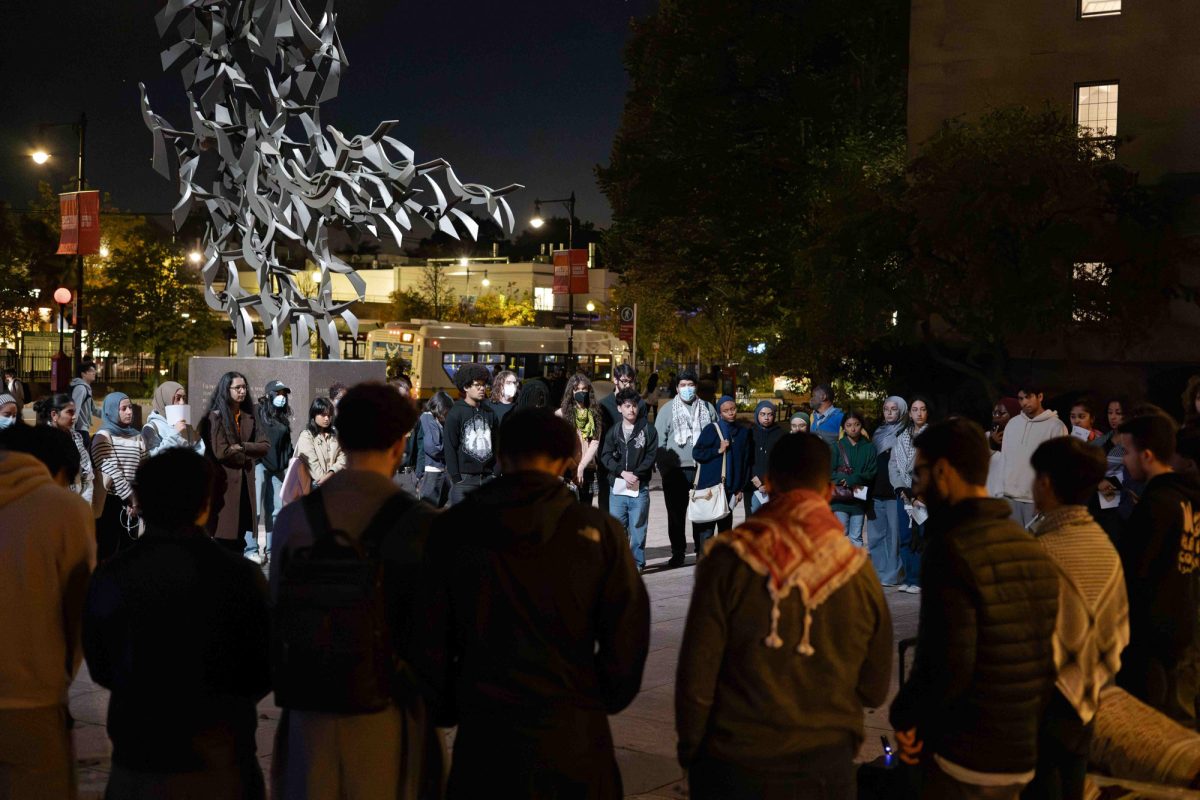




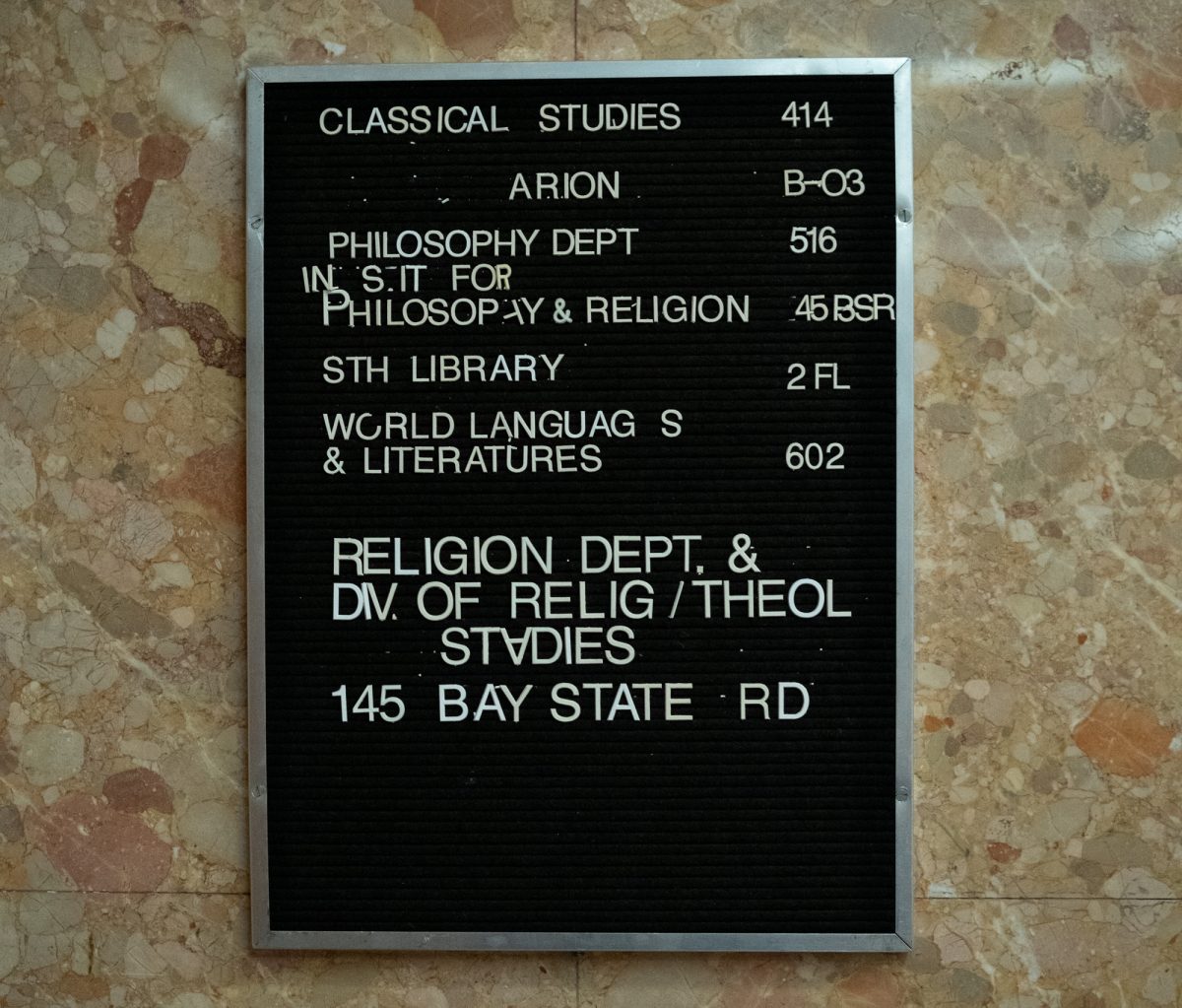

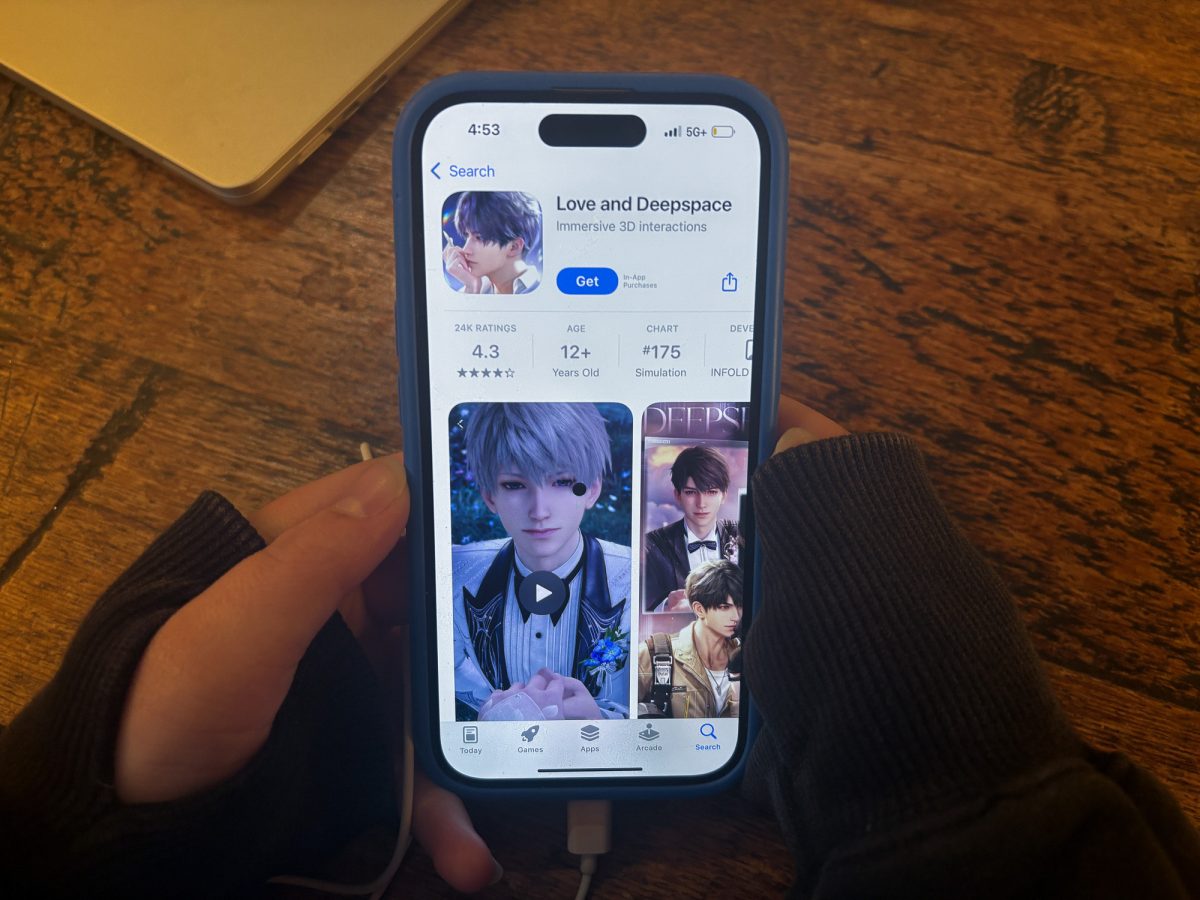

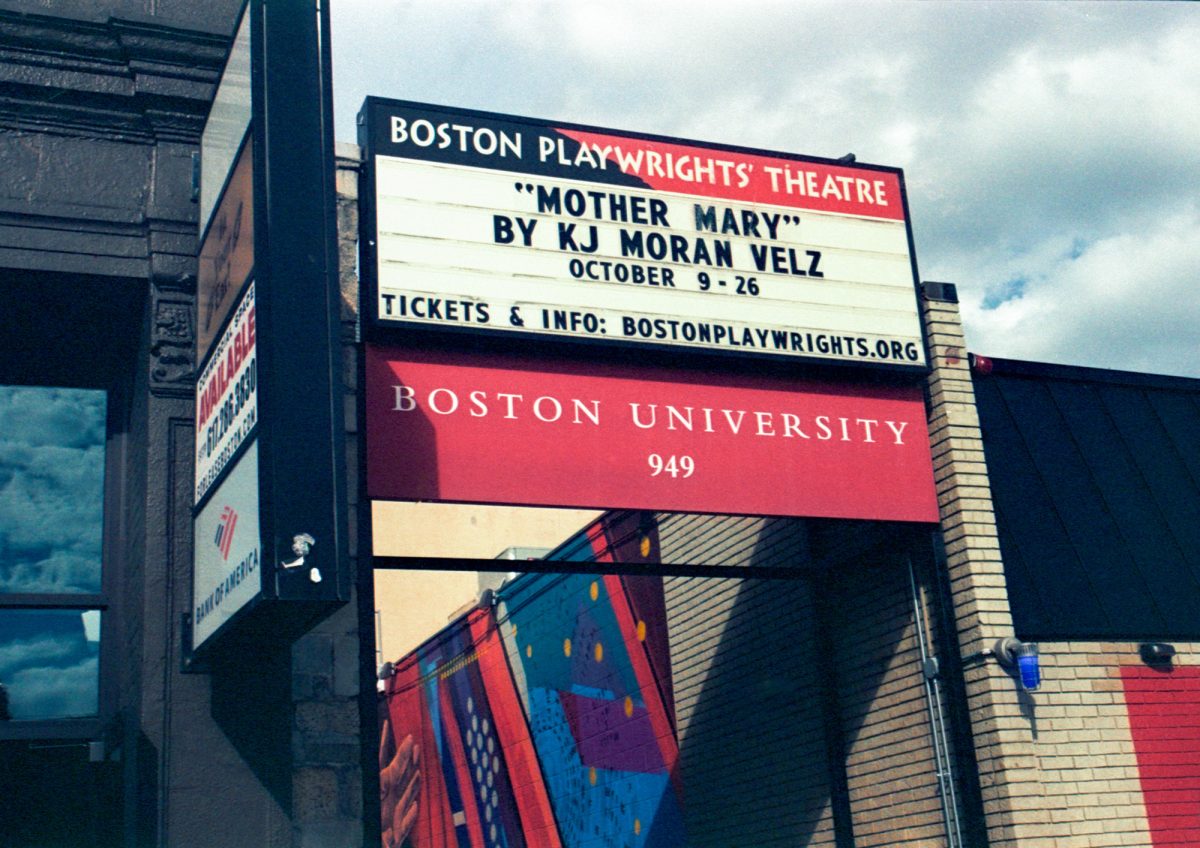




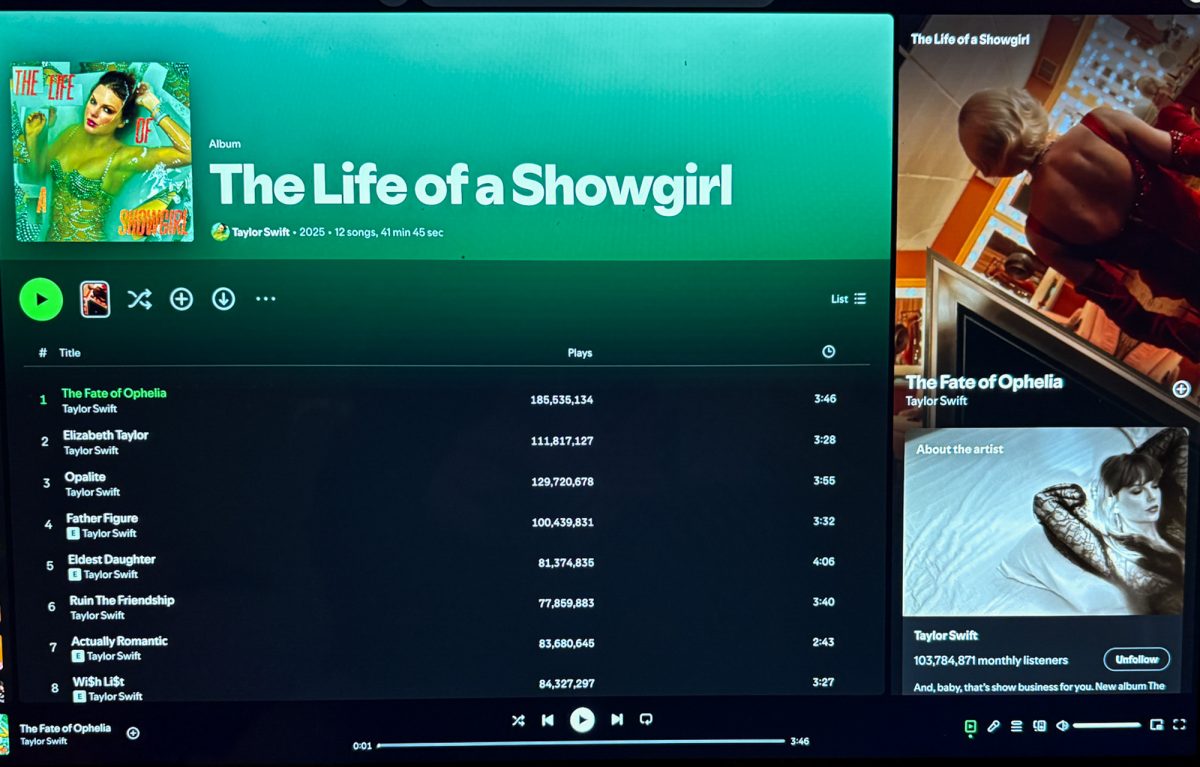


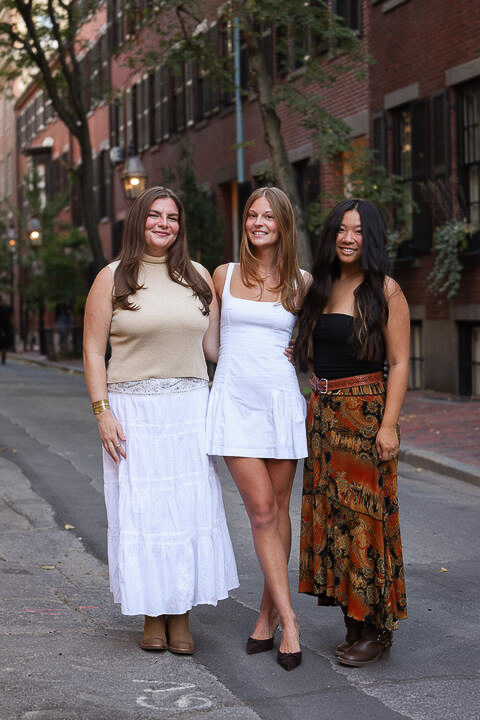





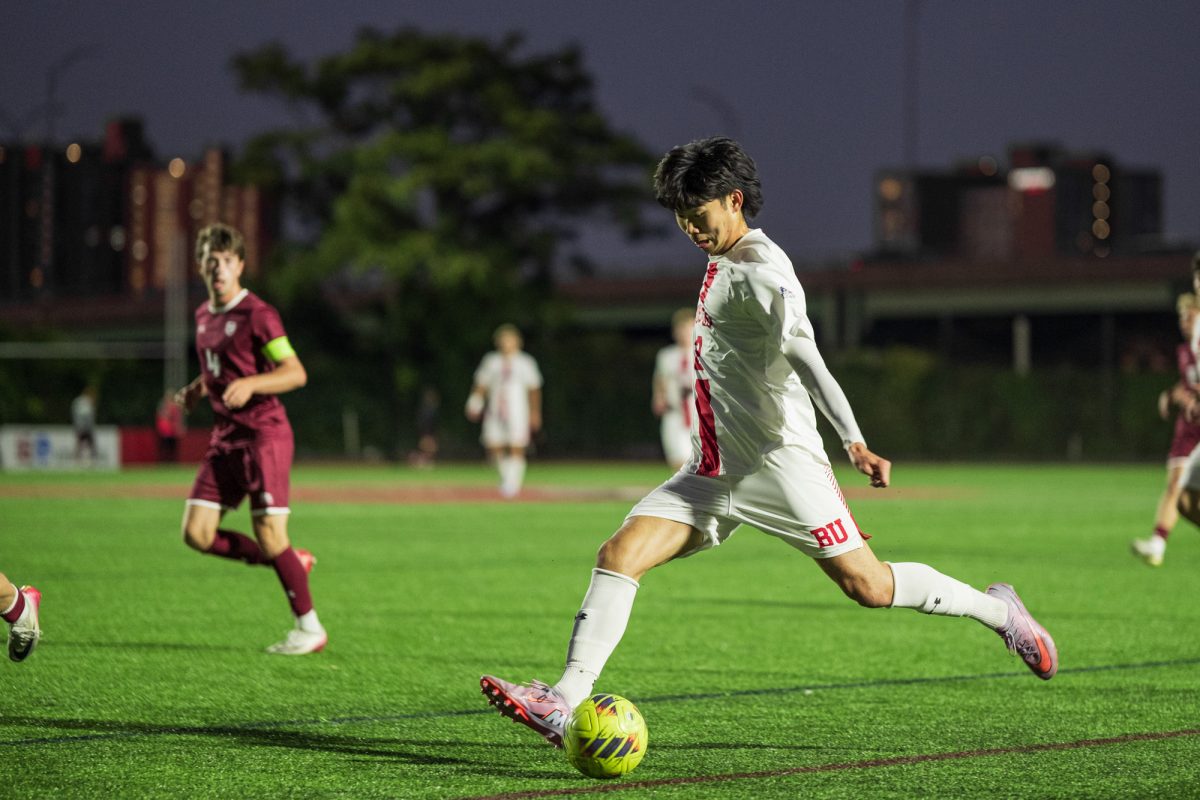
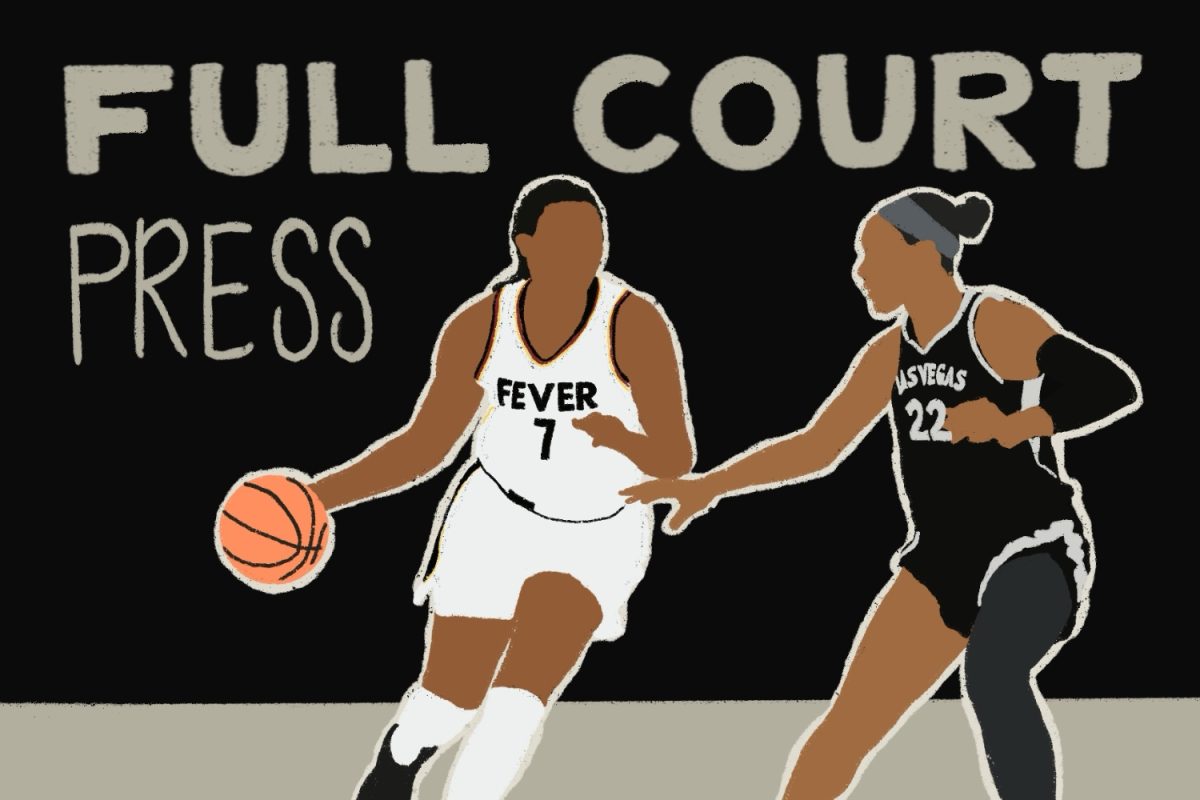
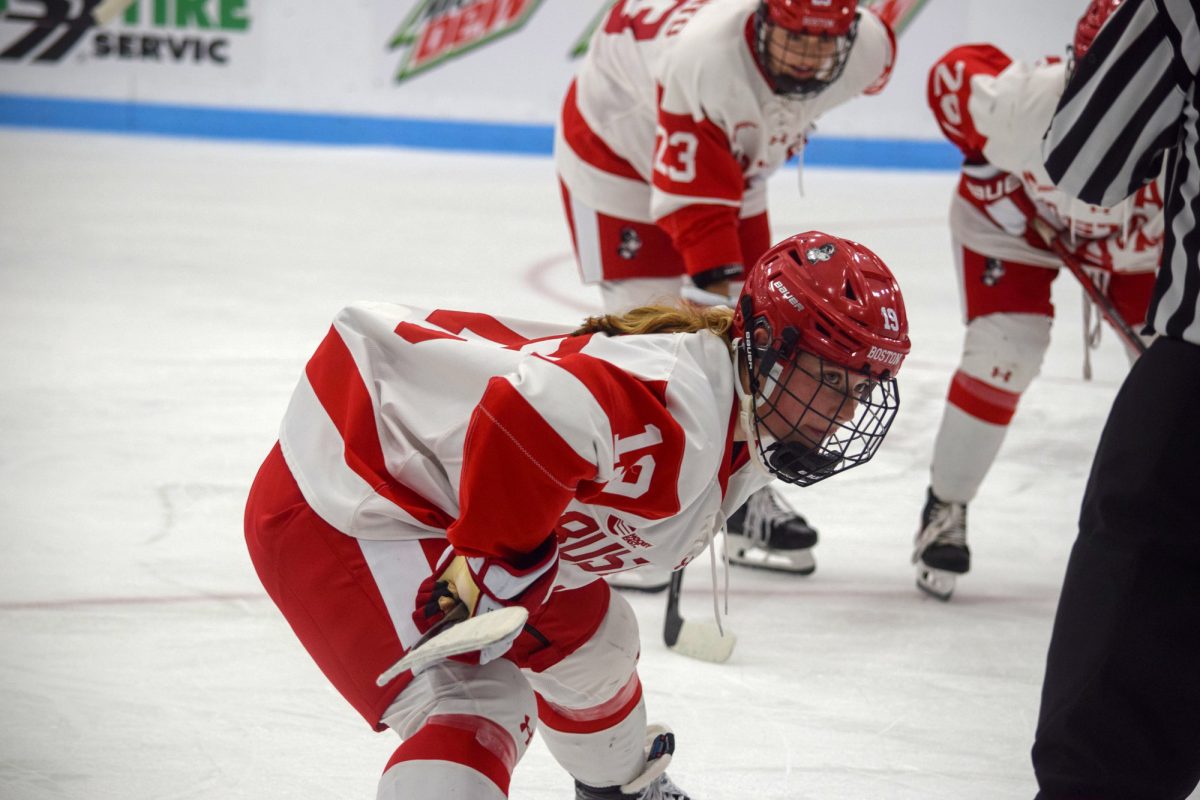

























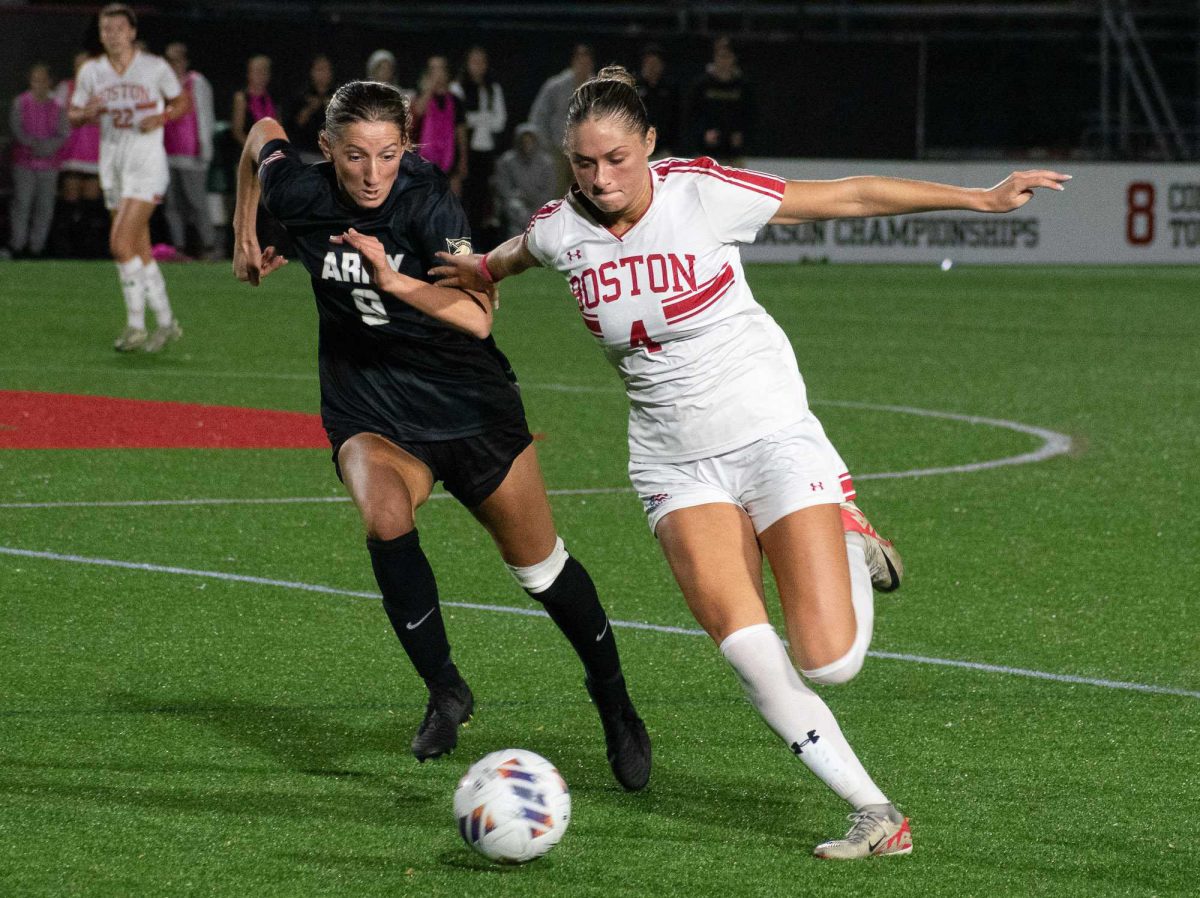
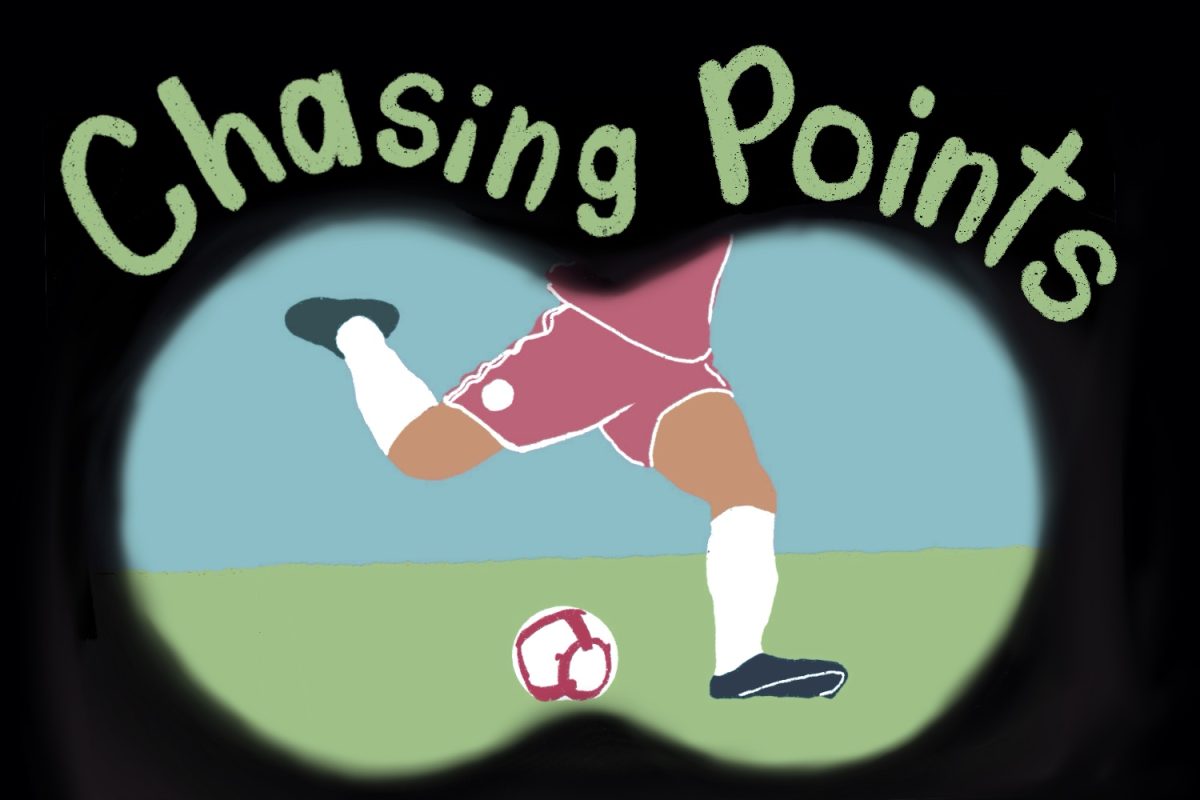











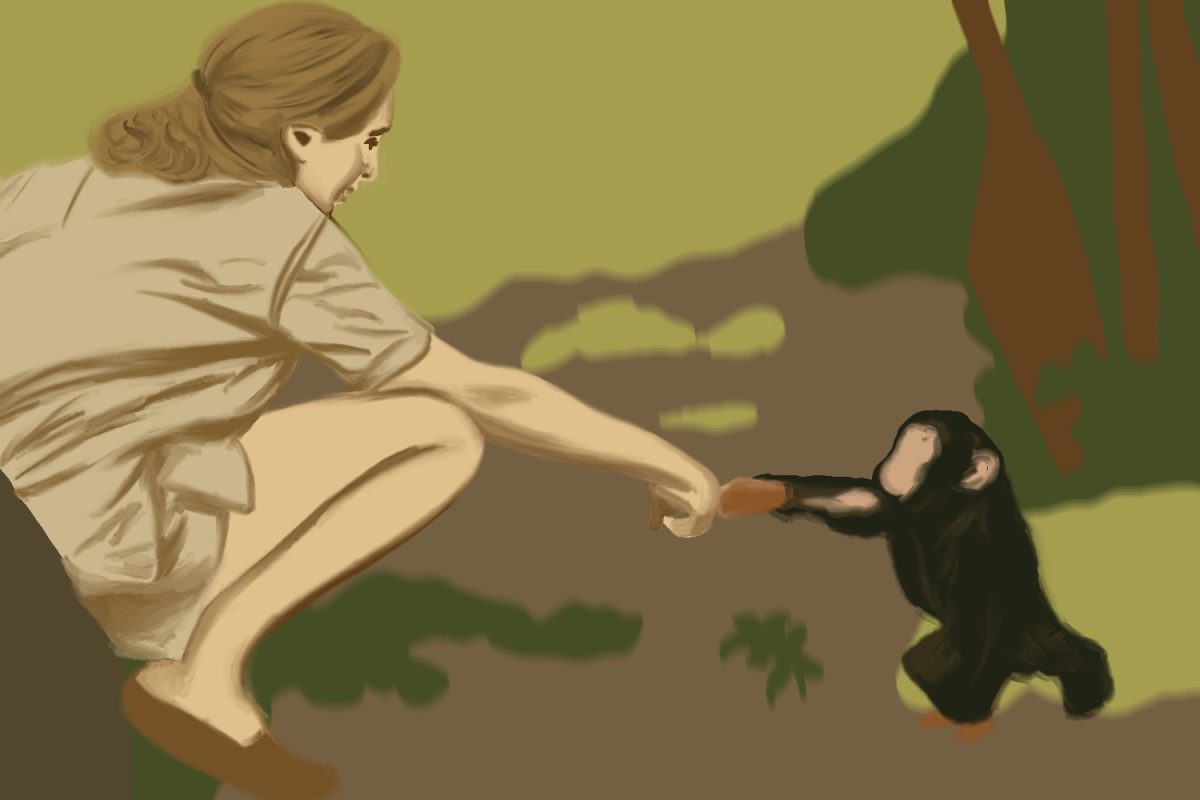
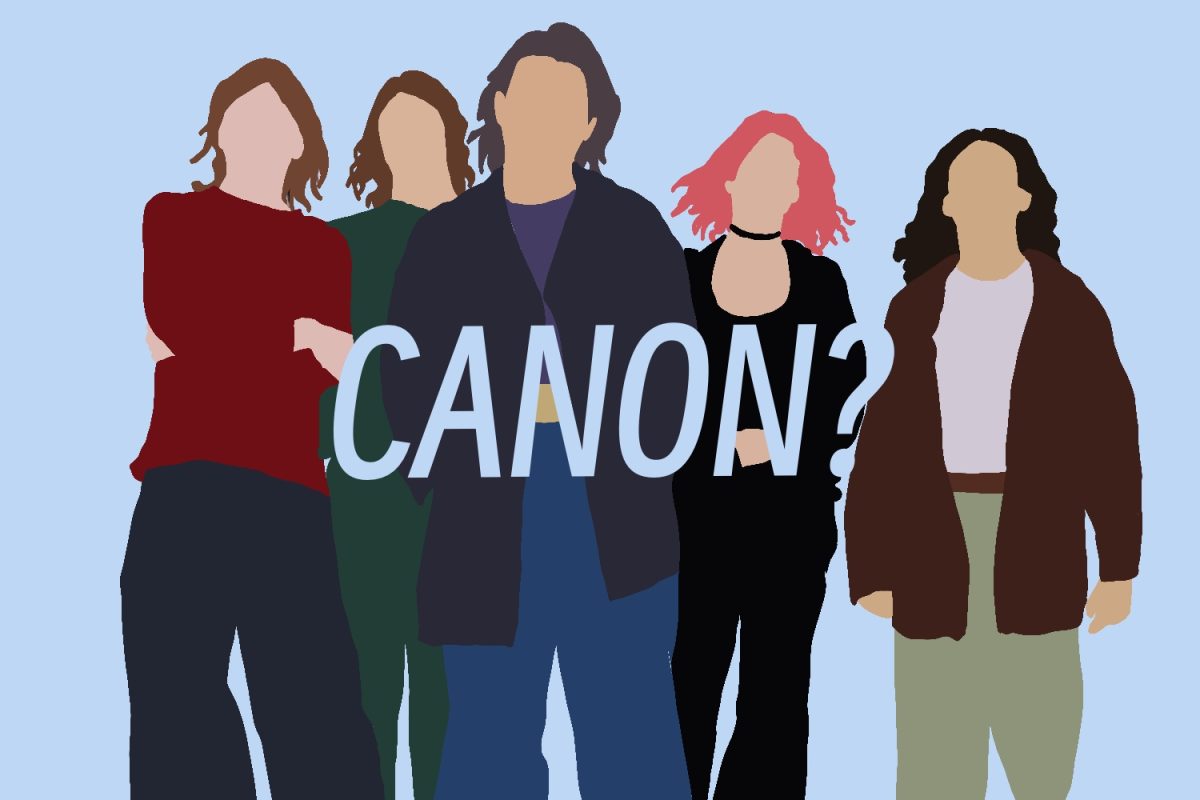



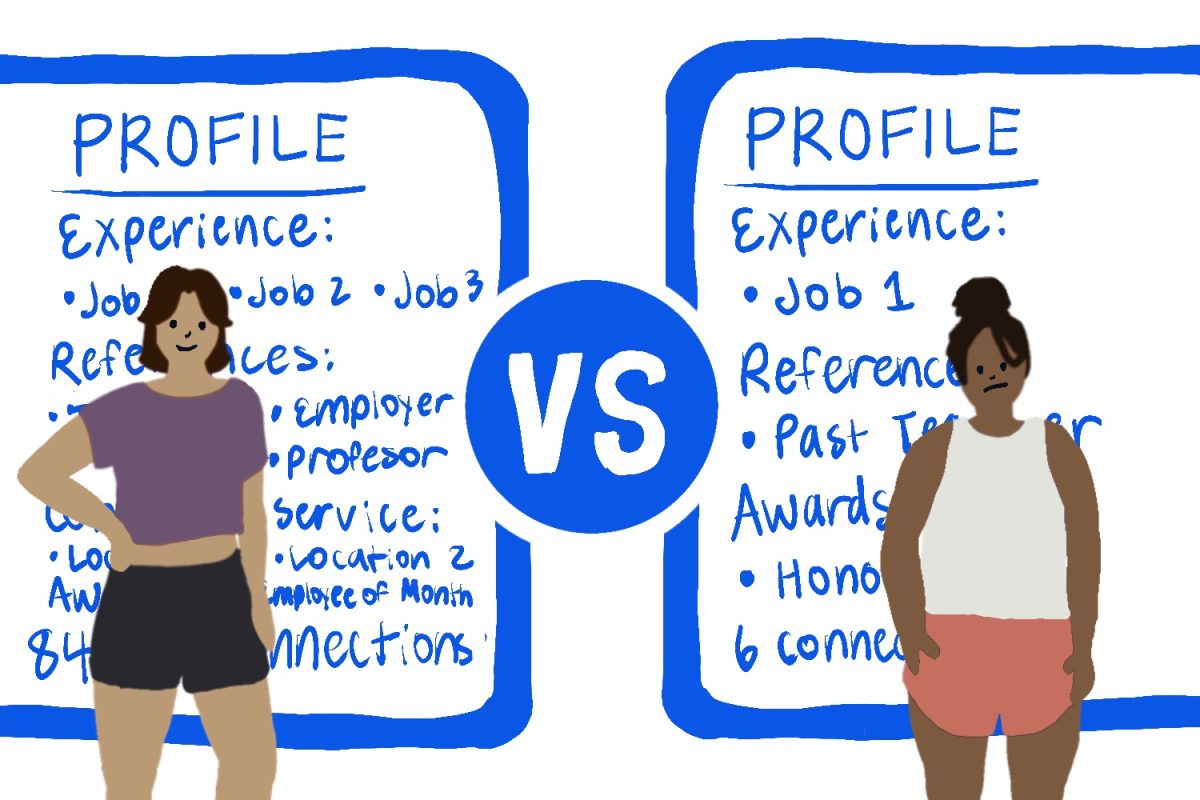
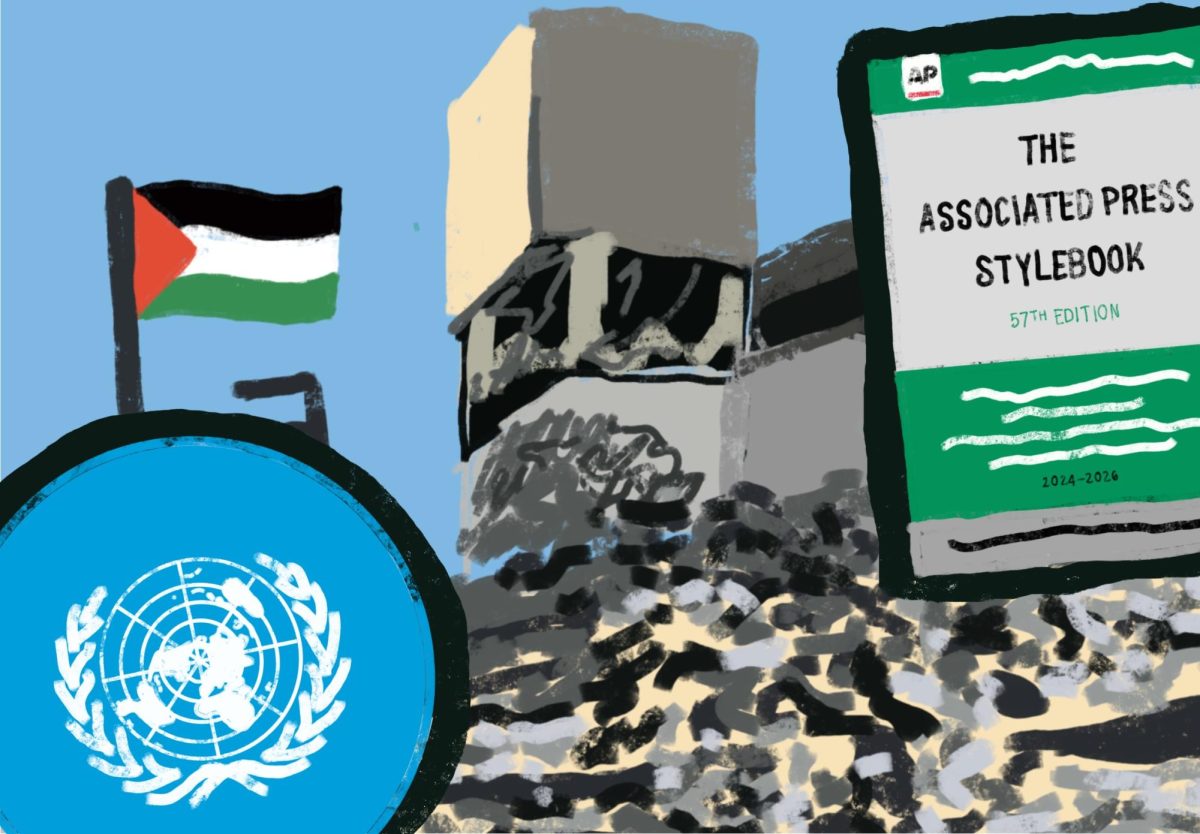

















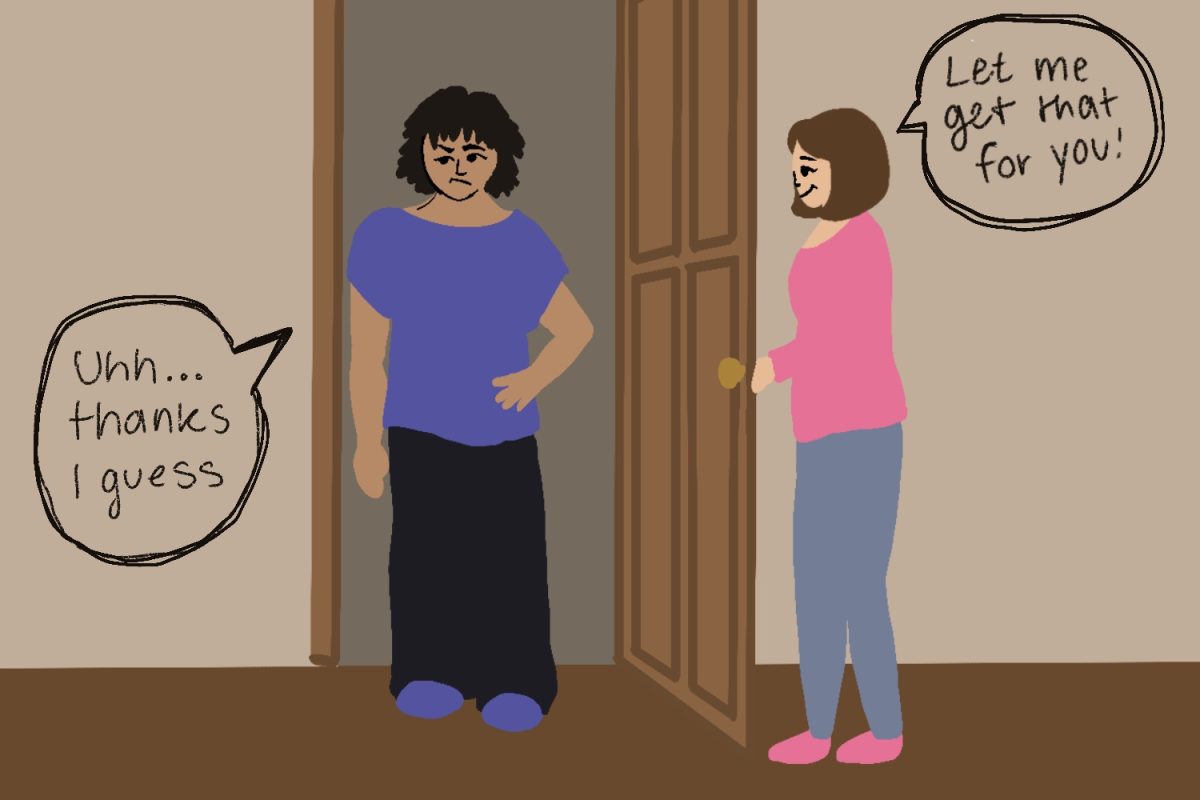

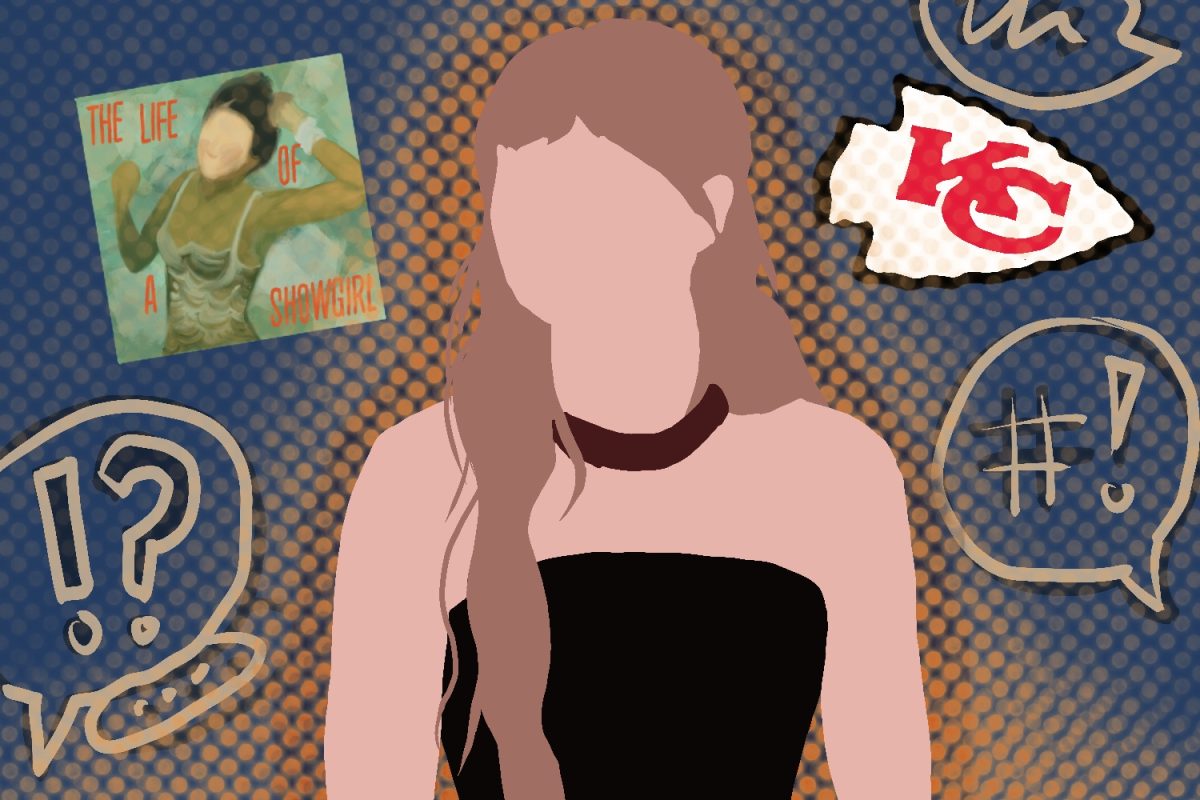
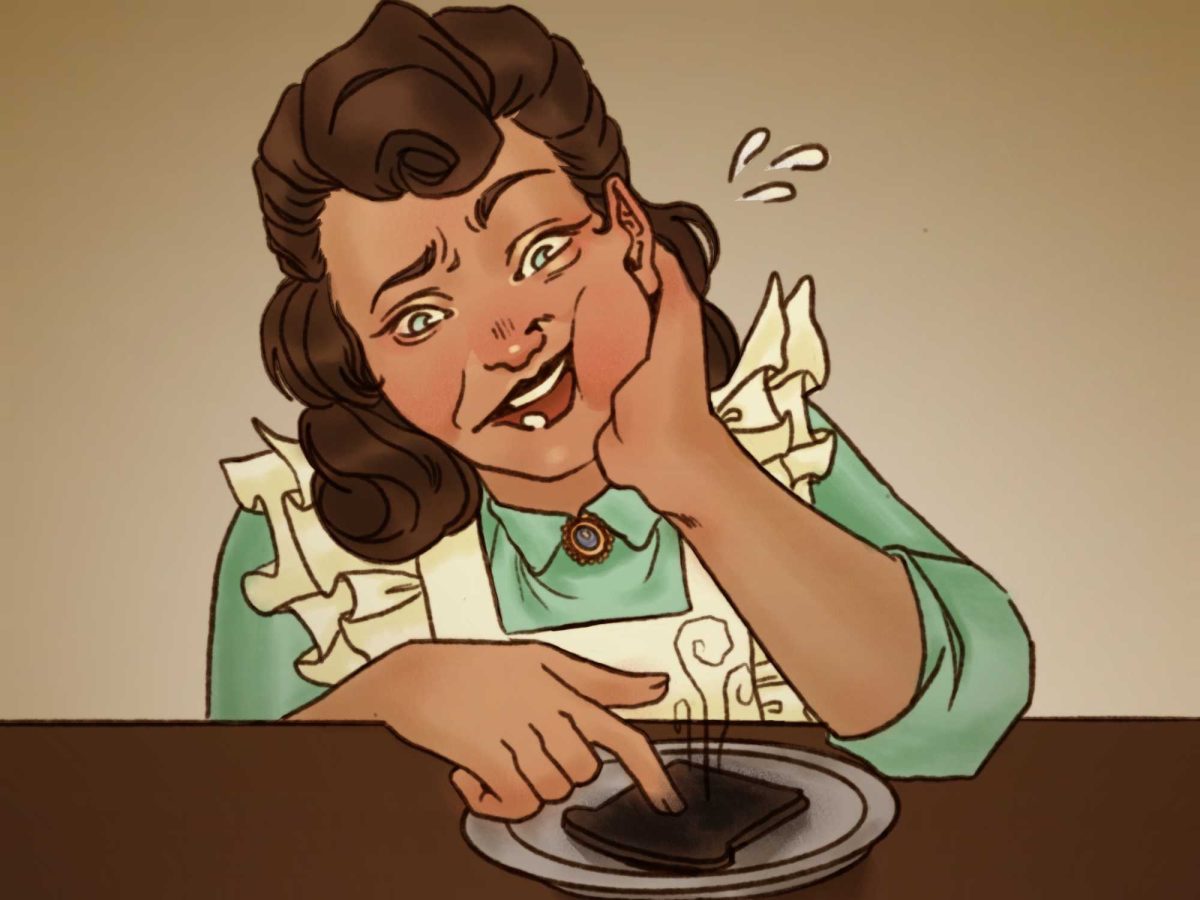














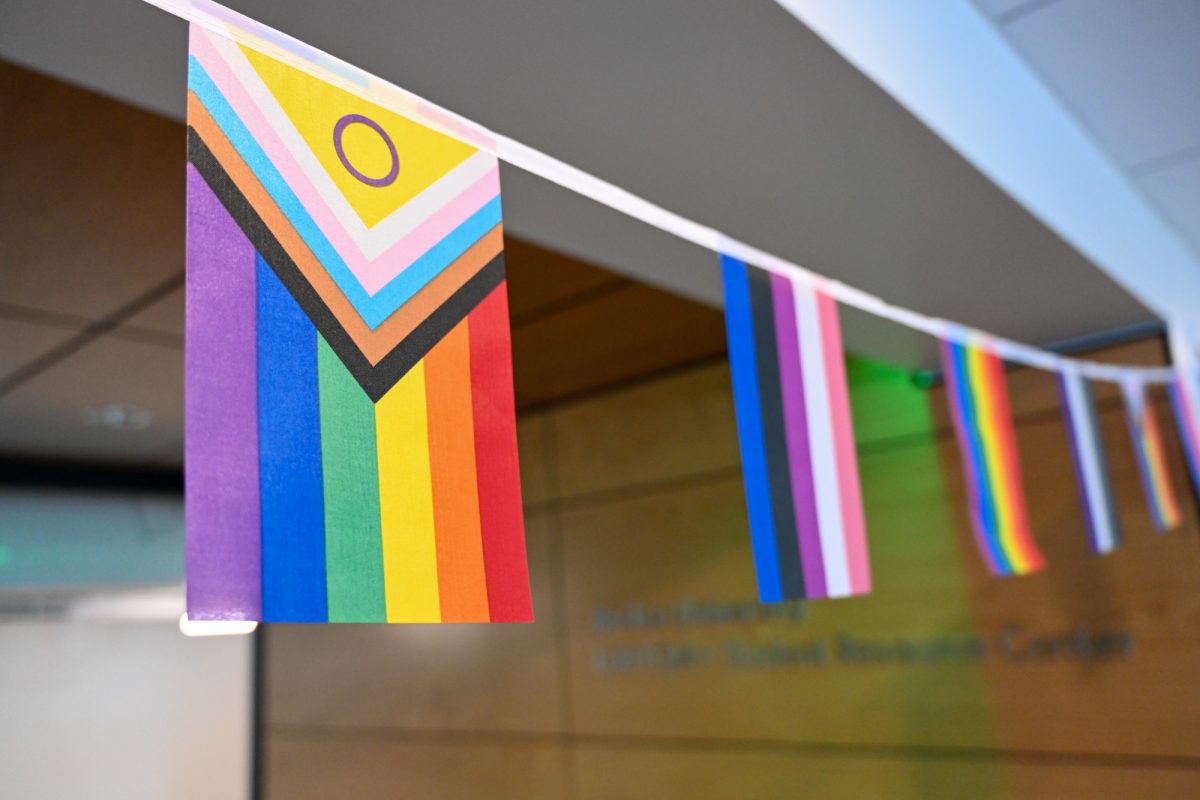





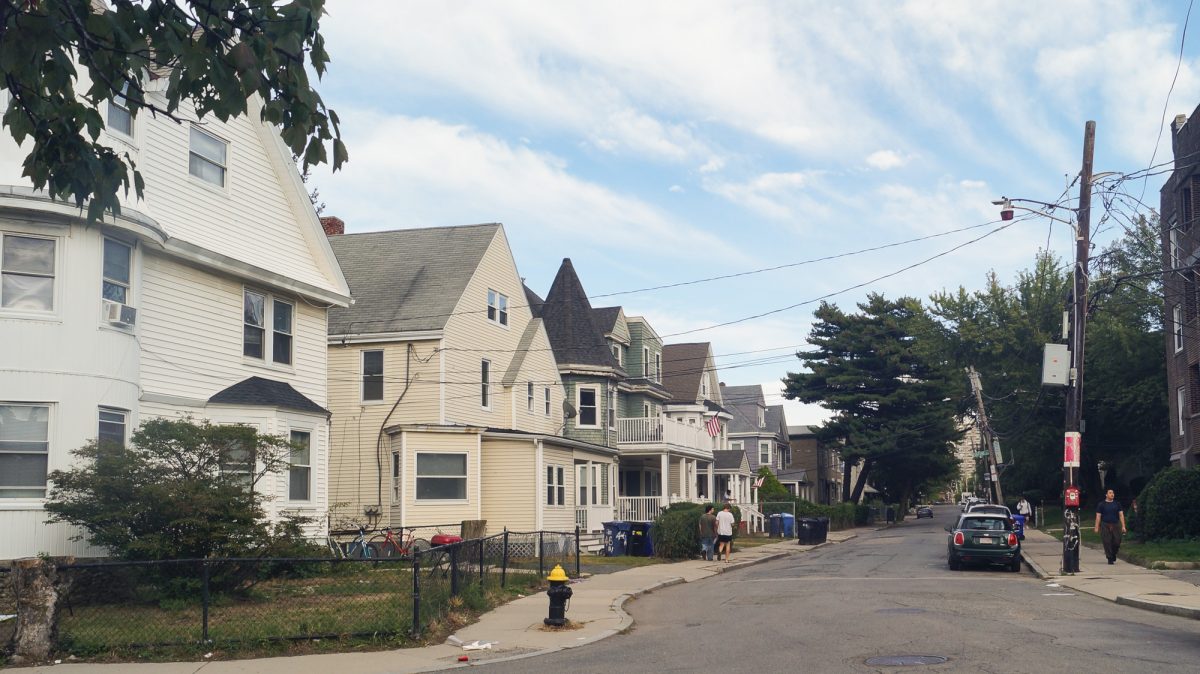
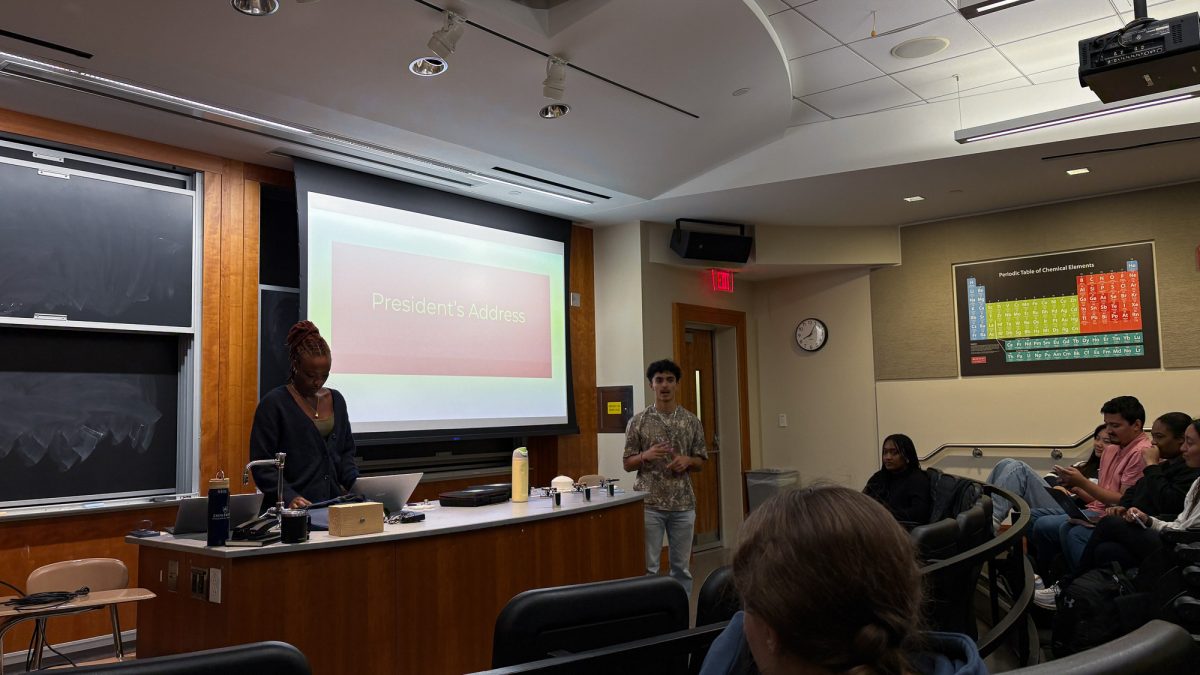
anonymous • Aug 3, 2010 at 2:20 pm
I attended this lecture, and found it incredibly inspirational to myself and thought it was very necessary for Saville to show us what images she was looking at. I learned so much valuable information from hearing her speak about her work and what she was trying to do. It has pushed my own student work in a different direction and how I look at painting altogether. It was fascinating to see her process and what she goes through and to see that she struggles the way many of us do.<p/>The student was was offended by those images needs to recognize when it is appropriate to state your opnion and when it is not. It is NOT okay to halt an entire question/answere session for the sake of having your 10 seconds of verbally assaulting a renound artist who took the time to come Boston to speak to their students. <p/>However I did learn a bit about defending one’s own works and found it interesting how Jenny Saville just let it roll off her shoulders and kept going.
Michael Vasquez • Aug 3, 2010 at 2:20 pm
I’m one of the dudes that came up from Miami specifically for this lecture; and it was everything that I could have hoped for. Saville is truly a ‘new master.’ Prior to the lecture I completely idolized her technical ability (I think Saville is the best painter of ALL TIME), but wasn’t so sure about the conceptual aspects that drive her work. After hearing her speak I think I have gained a greater understanding of her ideas and their interconnectivity to each other. I guess when you spend 13 hours a day dealing with these things in a 21 room studio concepts get sorted out and technical ability and progress truly have no limit.<p/>In regards to that ‘poor’ girl that was offended, I think the previous two comments sum that situation right up.